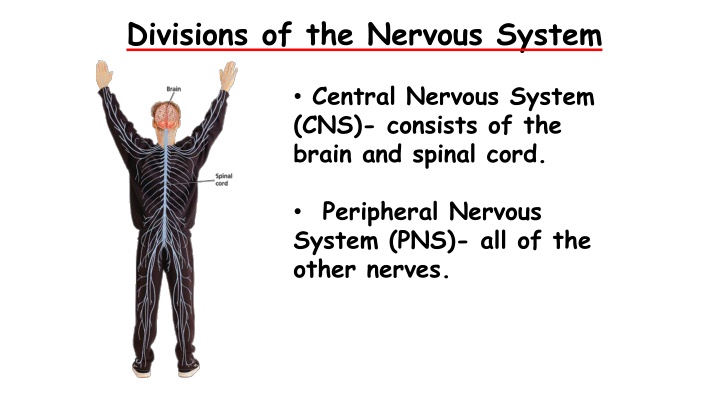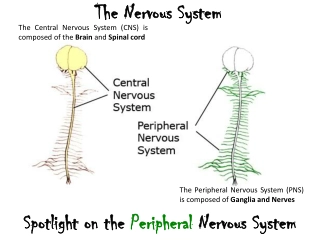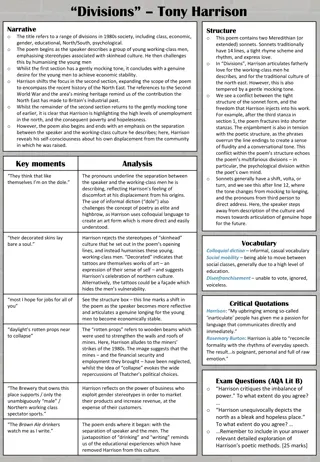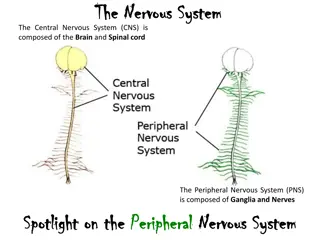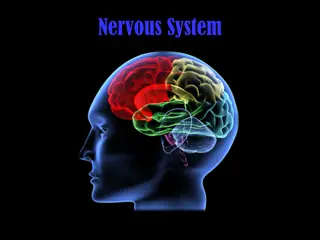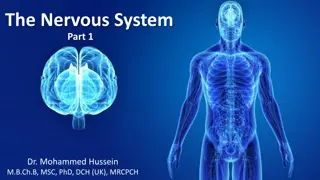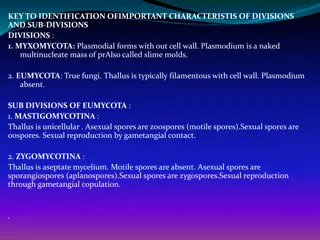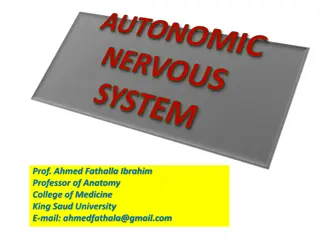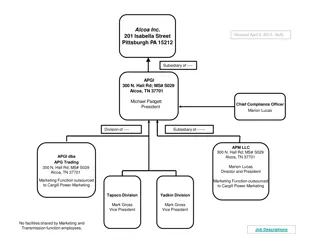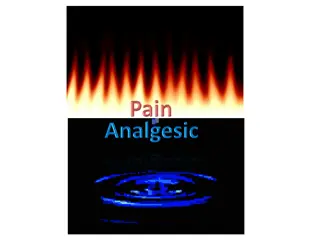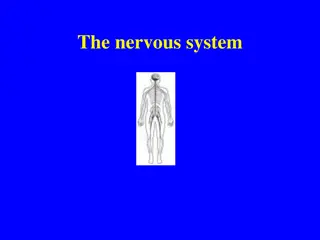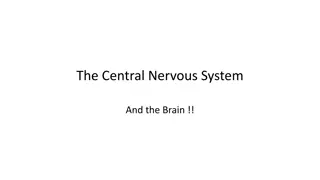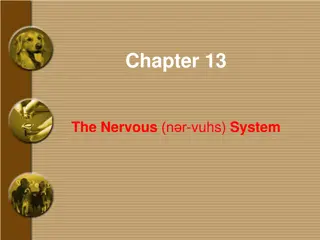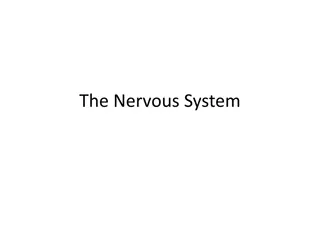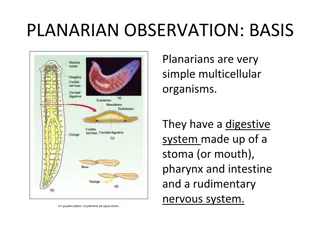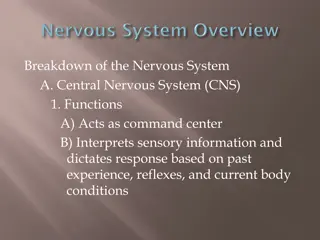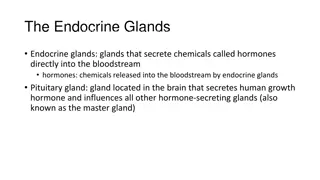Divisions of the Nervous System Overview
The nervous system consists of the Central Nervous System (CNS) - the brain and spinal cord, and the Peripheral Nervous System (PNS) - all other nerves. Learn about the main regions of the brain, functions of the cerebellum, brain stem, and spinal cord, along with reflexes, nervous system injuries, and the importance of maintaining homeostasis.
Download Presentation

Please find below an Image/Link to download the presentation.
The content on the website is provided AS IS for your information and personal use only. It may not be sold, licensed, or shared on other websites without obtaining consent from the author.If you encounter any issues during the download, it is possible that the publisher has removed the file from their server.
You are allowed to download the files provided on this website for personal or commercial use, subject to the condition that they are used lawfully. All files are the property of their respective owners.
The content on the website is provided AS IS for your information and personal use only. It may not be sold, licensed, or shared on other websites without obtaining consent from the author.
E N D
Presentation Transcript
- Divisions of the Nervous System Divisions of the Nervous System Central Nervous System (CNS)- consists of the brain and spinal cord. Peripheral Nervous System (PNS)- all of the other nerves.
Central Nervous System (CNS) consists of brain and spinal cord. 3 main regions of the brain: cerebrum, cerebellum, and brain stem. Cerebrum- largest part of brain. Controls senses, movement, speech, memory, language and learning. Right half controls left side of body and vice versa.
Cerebellum- little brain controls coordination, balance, & posture. Brain stem- underneath cerebellum and at the top of the spine, controls involuntary actions (breathing, heart rate, digestion, etc). Spinal cord- tube-like structure of neurons about the width of your thumb, links brain to other nerves
- Divisions of the Nervous System The Brain The Brain
Peripheral Nervous System Consists of sensory neurons and motor neurons. Involved in voluntary (skeletal muscle) and involuntary (smooth & cardiac muscle) actions. transmits information between the CNS and the rest of the body
- Divisions of the Nervous System Peripheral Nervous System Peripheral Nervous System The peripheral nervous system consists of a network of nerves that branch out from the central nervous system and connect it to the rest of the body. The peripheral nervous system is involved in both involuntary and voluntary actions.
Reflexes A response that happens automatically. Happens rapidly without conscious control. Reflexes help protect the body. Nervous System Injuries Concussion- bruising of the brain, happens when you bump your head. Spinal Cord Injuries- physical injuries can cause axons to be damaged, causing paralysis.
Maintaining Homeostasis The nervous system is vital to sensing changes in the environment, allowing other systems to respond.
